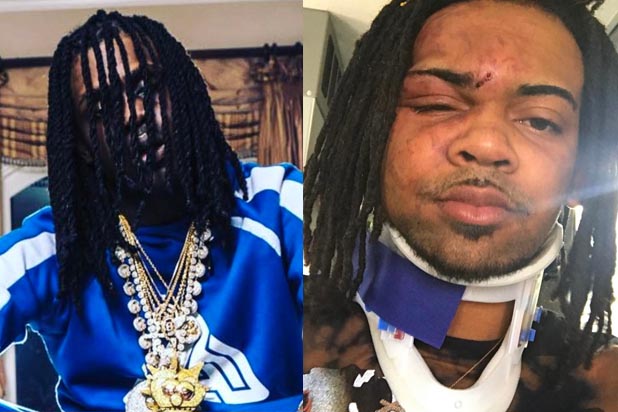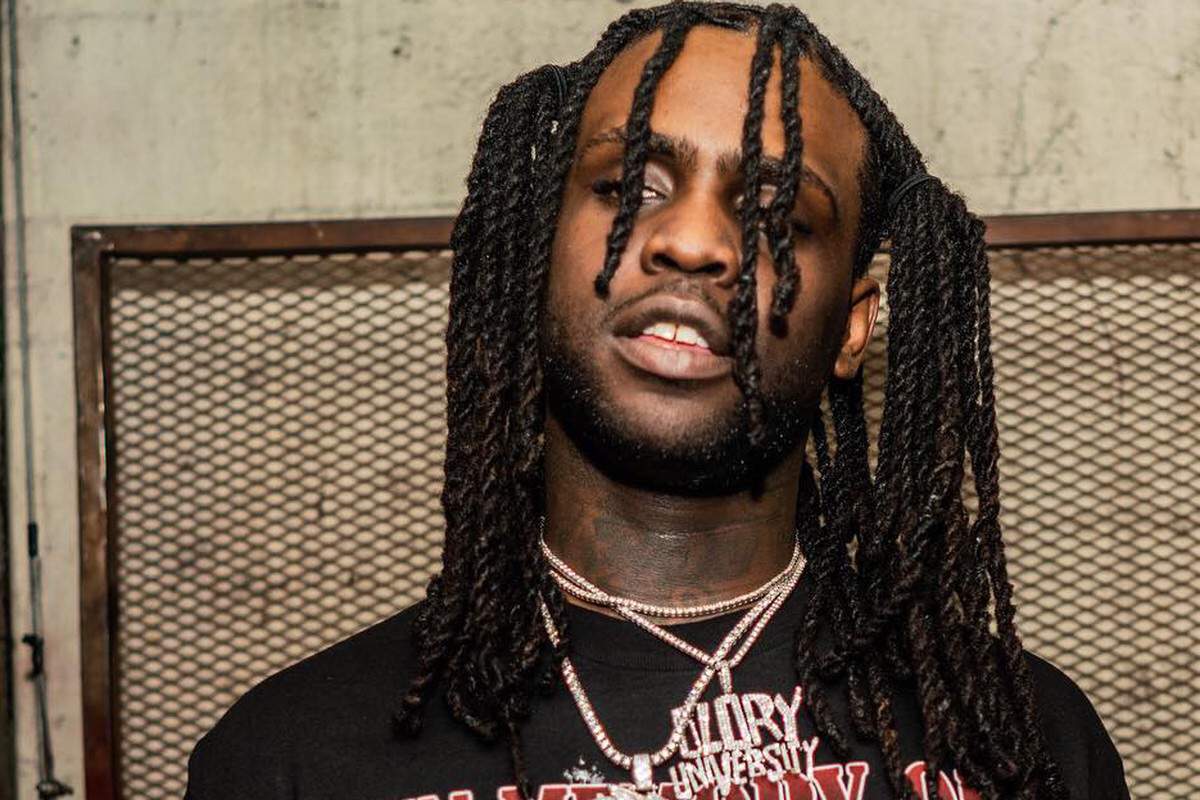

Music flows forward in an ever-broadening conversation, and ideas are constantly pilfered and improved upon, from even the least captivating artists. “Influence,” after all, is an easy concept for a writer to apply, as it requires minimal investment - “influential” doesn’t mean “good,” or even “important” - and the scantest evidence. It’s no longer original to suggest that Chief Keef ended up being more influential than most expected when he burst from obscurity in 2012. But my brother’s immediate response at that early date felt closer to my own: “He’s so self-possessed.” Online, it was suggested he suffered from a learning disability, and message board rumors proliferated that he was autistic, as an explanation for his awkward on-camera behavior. In the years since, interviewers invariably describe Keef as petulant, incoherent, difficult, or drugged-out. When we left, I asked my brother, who’d tagged along to take photographs, what he thought of the rapper who was - though we didn’t know it - on his way to becoming Chicago’s biggest star since Kanye West. I don’t sit down and ‘think,’ I write about what’s going on right now, what we just did, what just happened. They-” he gestured at a fanbase, somewhere outside his grandmother’s apartment, “-don’t want to see me do that. “See, motherfuckers think I can’t do metaphors. He wore flannel pajama bottoms, a black t-shirt, and rosary beads, and we sat in the sunlight of his grandmother’s Chicago living room next to a portrait of Barack Obama while I asked him questions about his music.

The drill is gone, and now Keef is truly free.I first met Chief Keef one unseasonably warm day in late January roughly six years ago, while he was on house arrest. His 2017 mixtape Thot Breaker showcases this veer into pop, featuring him rapping over dancehall beats (“Can You Be My Friend”) and sounding startlingly romantic. Keef’s sound was a product of Chicago’s history of segregation and street gangs, and fame shined light on that ugly legacy, resulting in heightened scrutiny, real threats and the mayor blasting him as “an unacceptable role model.” Keef moved to Los Angeles, adjusted his style, and declared himself the inventor of mumble rap, the slurry, eccentric sound co-signed by Future and more recently revised by Post Malone. But being an innovator became another kind of confinement. Keef signed a multi-million dollar deal with Interscope and debuted with 2012’s Finally Rich, a drill-defining declaration of nihilistic not-niceness, followed by a celebrity-studded (Pusha T, Big Sean, Jadakiss) Kanye West remix of his “I Don’t Like”. When a video of a local fan celebrating Keef’s freedom blew up, people around the world started seeking his mixtapes, and the Chicago drill genre was born-gritty, revenge-seeking rap that dropped listeners into the city’s South Side wars.

#Chief keef best songs 2015 full#
Chief Keef (born Keith Farrelle Cozart in 1995) had been charged with waving a gun at a cop and was posting music from lockdown: simple yet booming trap tunes full of matter-of-fact violence spit by a menacing voice with a gift for catchy repetition. The day that a 16-year-old Chicago kid was freed from house arrest in 2012 was the day hip-hop shifted on its axis.


 0 kommentar(er)
0 kommentar(er)
